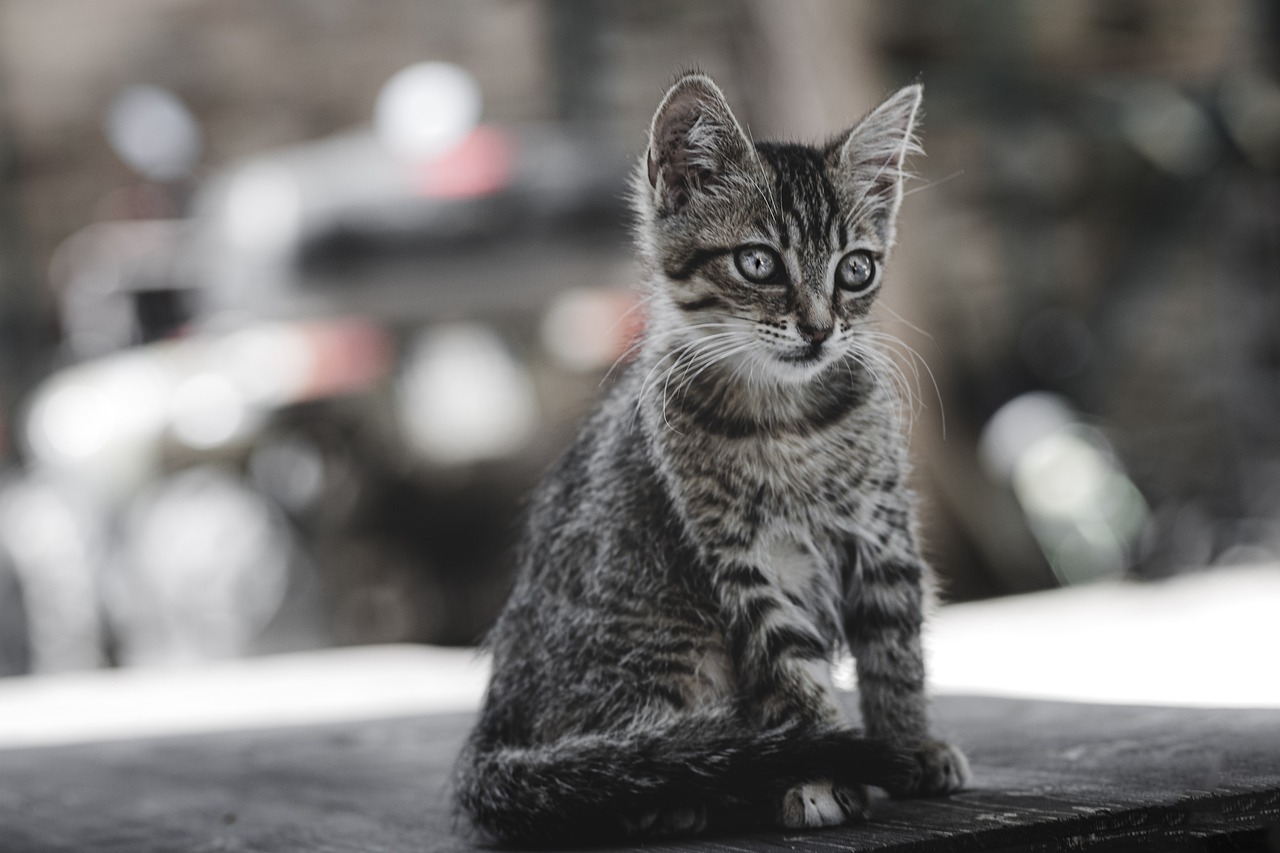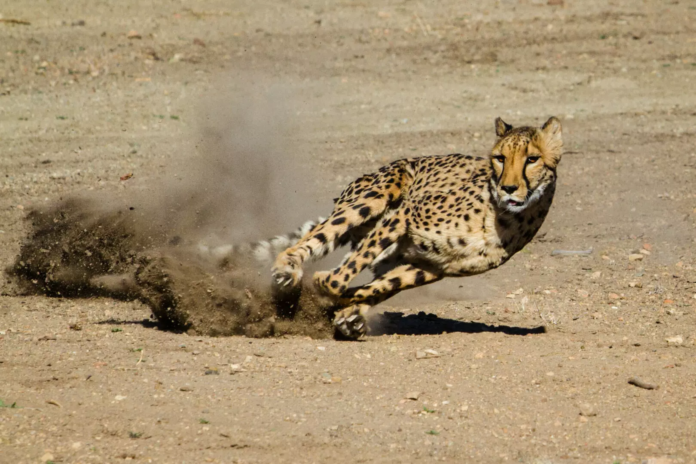The fastest land animals
Cheetahs, often hailed as the fastest land animals, possess extraordinary speed that makes them exceptional hunters.
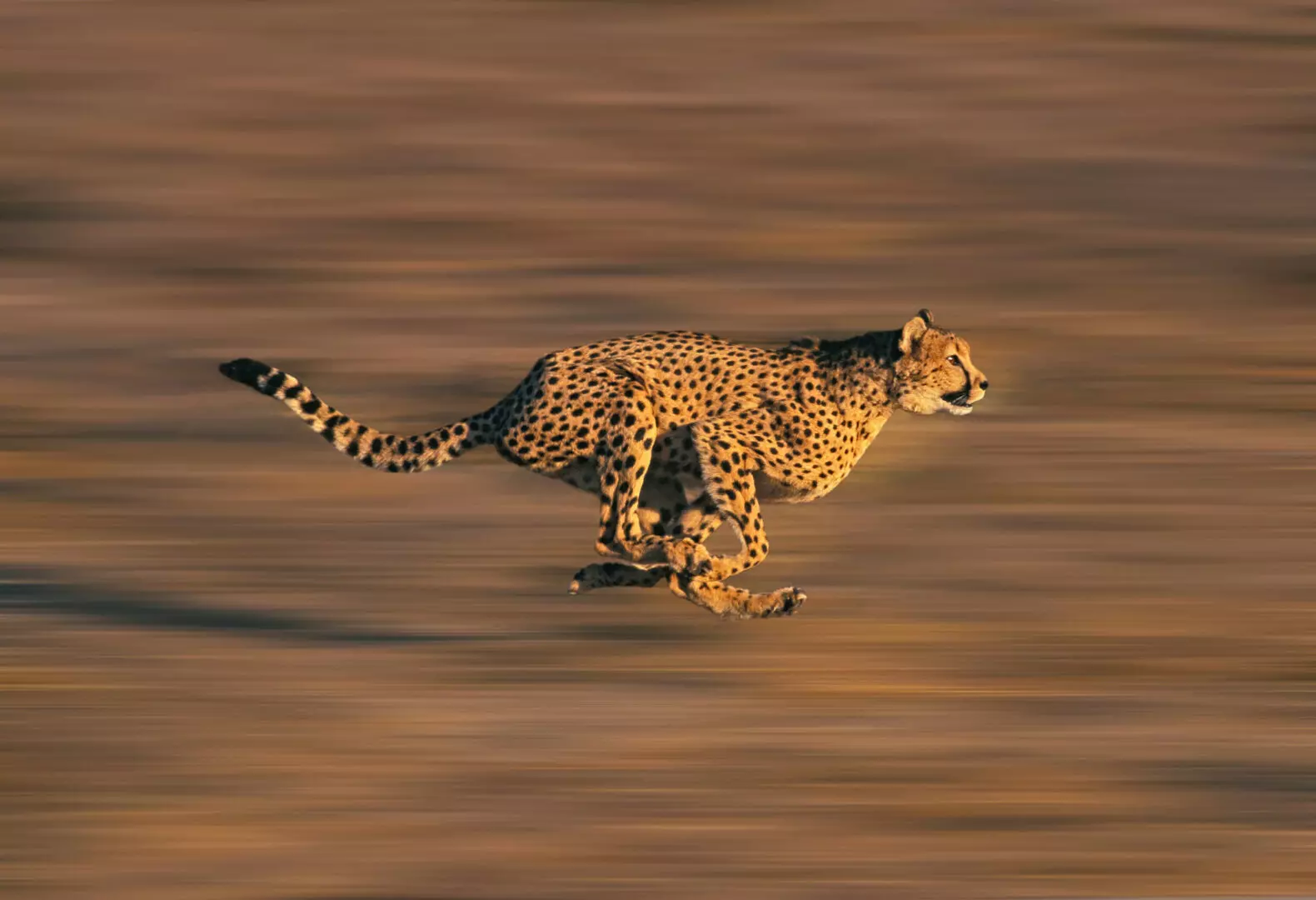
These magnificent predators can reach astonishing speeds of up to 70 miles per hour. Imagine them outpacing your car on a highway! But it’s not just their top speed that’s impressive; cheetahs can accelerate from 0 to 60 miles per hour in a mere three seconds. That’s faster than most sports cars!
What contributes to this incredible speed? It’s all thanks to a combination of their physical attributes:
- Long Legs: Their elongated limbs allow them to cover more ground with each stride.
- Enlarged Heart and Lungs: These organs pump oxygen more efficiently, supplying the muscles with the necessary energy during sprints.
- Flexible Spine: A cheetah’s spine acts like a spring, helping to stretch and contract their bodies even more during the run.
These unique features make the cheetah not just the fastest but also one of nature’s most remarkable athletes. While they may not have the same muscular build as lions or the stealth of leopards, cheetahs master the art of speed, making them unparalleled hunters in their own right.
Unique tails for balance and agility
Their agility during these jaw-dropping chases can be attributed to their incredible tails, which serve a unique purpose in their anatomy.
While sprinting at top speeds, cheetahs rely heavily on their tails to maintain balance and make sharp turns. Think of their tails as natural rudders that help them navigate their high-speed pursuits. Here’s how their tails work to their advantage:
- Length and Muscular Structure: Cheetahs have long, muscular tails that provide the necessary leverage to counterbalance their body weight during fast, sharp turns.
- Steering Mechanism: The tail acts much like the rudder of a boat, allowing the cheetah to steer and change directions swiftly, which is critical when pursuing agile prey like gazelles and impalas. This enables them to change direction mid-air, a feat that is rare among big cats.
- Additional Stability: During sprints, the tail helps stabilize the cheetah’s body, reducing the chance of slipping or losing balance. This stability is vital during high-speed hunts.
Intricacies of Their Instinctive Movements: The next time you watch a cheetah in action, pay close attention to how its tail flicks and aligns with its body, guiding its every move. This combination of speed and agility makes the cheetah’s hunting technique both mesmerizing and effective.
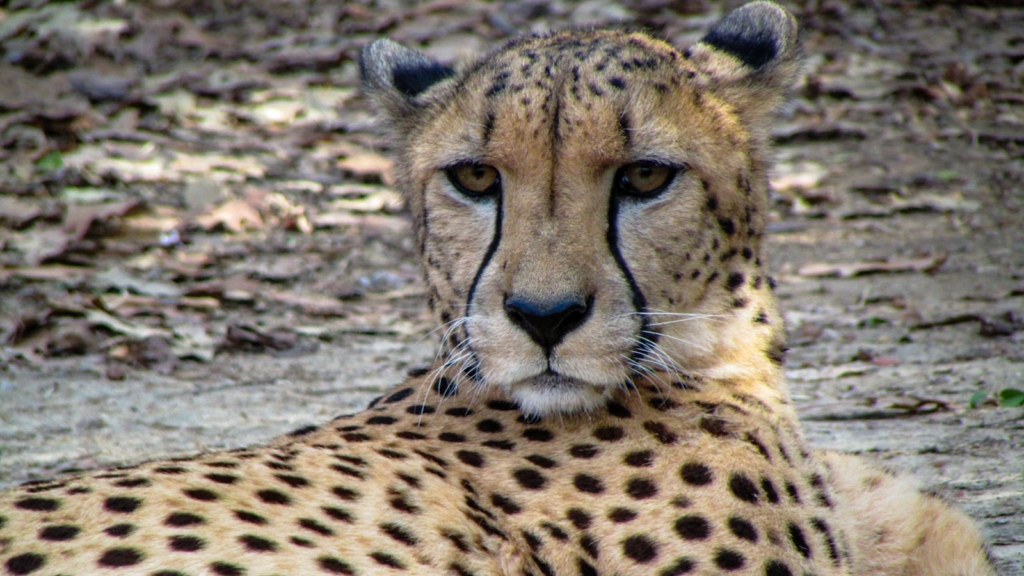
Vocalizations and sounds
When it comes to communication, cheetahs are unique among big cats.
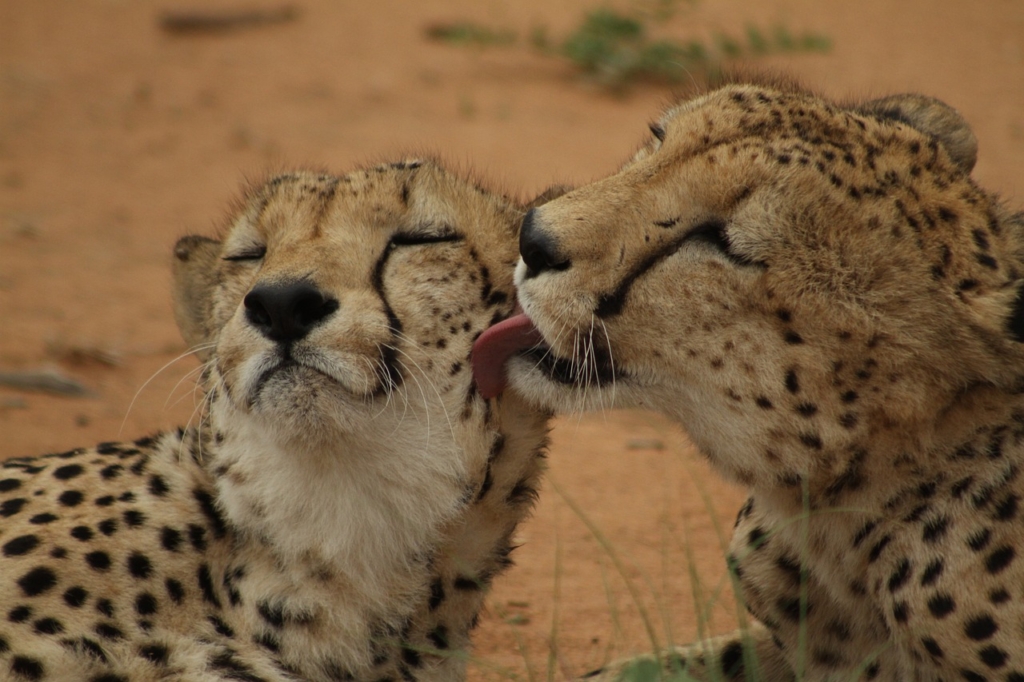
Unlike lions or tigers, cheetahs don’t roar. Instead, they produce a variety of sounds that are more similar to those of domestic cats. For instance, cheetahs can meow, purr, and chirp. Here’s a quick breakdown of the different sounds they make and what they mean:
- Meowing: Cheetah meows can indicate various moods, similar to house cats. These messages can range from calling attention to expressing discomfort.
- Chirping: Possibly their most distinctive sound, chirps or “stutters” are high-pitched calls cheetahs use when they are excited or looking for other cheetahs, especially their cubs. Cheetah mothers chirp to get the attention of their cubs, and cubs chirp back in response.
- Purring: Unlike other big cats, cheetahs purr when they are content. You might hear a cheetah purring when it’s being affectionate or relaxed.
So, why do cheetahs lack the ability to roar? It turns out the secret lies in their voice box. Cheetahs have an epihyal bone in their voice box, much like domestic cats, restricting the range of sounds they can produce. This contrasts with lions, which have a flexible ligament that enables them to produce deeper, roaring sounds.
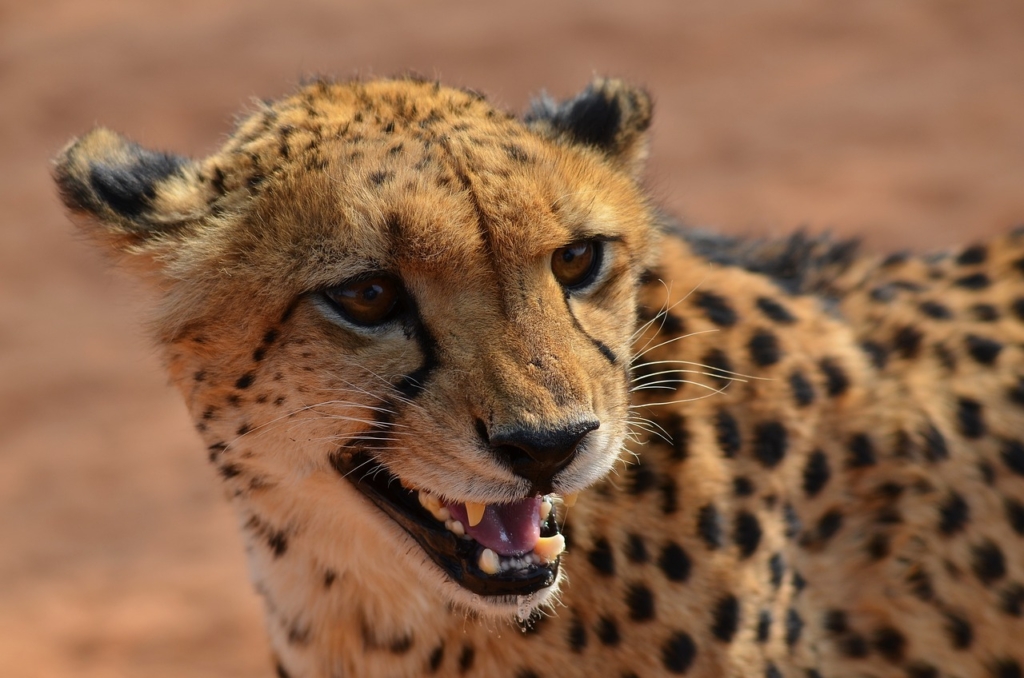
Fun Fact: Cheetah chirps are so distinctive that they can often be confused with bird calls! This unique vocalization is not only fascinating but also functional, allowing these big cats to communicate across distances in the wild.
Isn’t it intriguing that the cheetah’s sounds are more reminiscent of a cozy pet cat than a fierce predator? What other fascinating aspects of the cheetah’s communication might help us better understand their social behaviors in the wild?
Daytime hunters
While most big cats prefer the cover of night for their hunting exploits, cheetahs break the mold by being daytime hunters.
By hunting during daylight hours, cheetahs avoid competition with nocturnal predators like lions and leopards, putting their unparalleled speed and agility to use when the sun is high. Here’s why daytime is prime hunting time for these swift cats:
- Sharp Vision: Cheetahs have excellent eyesight, particularly tailored for spotting prey during the day. They can spot movement from up to three miles away, allowing them to strategize their approach long before their presence is known.
- Distinctive Tear Marks: Cheetahs are renowned for the dark, tear-like streaks running from their eyes to their mouths. These natural marks aren’t just for decoration—they play a pivotal role in helping to reduce glare from the sun, much like built-in sunglasses. This adaptation ensures a clear view during their high-speed chases.
- Temperature Regulation: Daytime hunting means cheetahs do sometimes contend with the heat. However, they possess several adaptations to stay cool, such as rapid breathing to dissipate heat and a streamlined body to minimize overheating during short, intense bursts of speed.
Typical prey for these daytime hunters includes smaller antelope like gazelles and impalas, which are also more visible during daylight hours. This diurnal hunting strategy is particularly effective because many of their prey species are less alert during the day compared to the vigilant nighttime hours.
Learning to hunt in broad daylight is just another example of how cheetahs have adapted to thrive in their environments. By taking advantage of the light and maximizing their unique physiological traits, they’ve carved out a niche where they can operate with less competition from other apex predators.
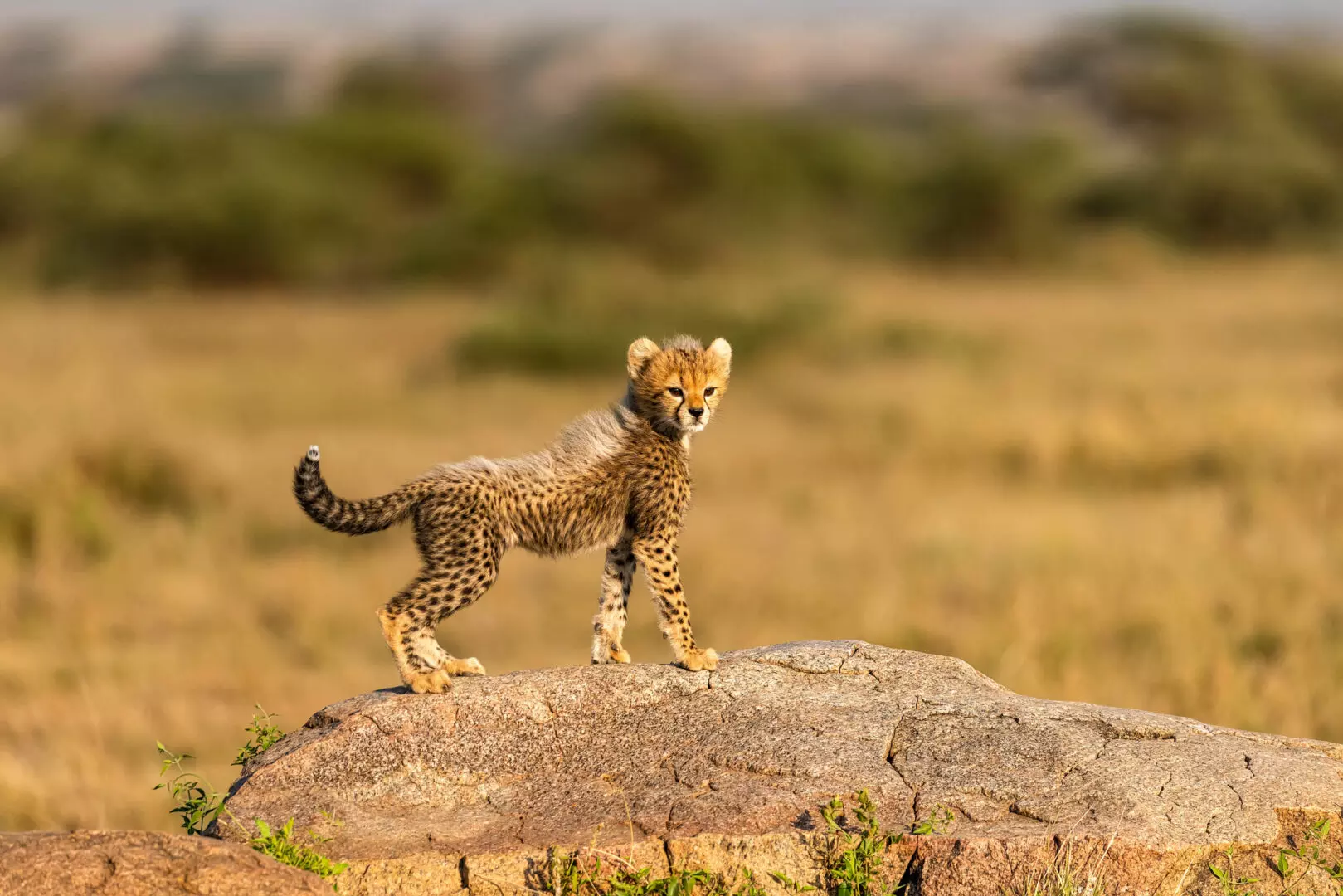
Adaptations for survival
In the harsh environments where cheetahs live, survival demands unique adaptations.
One of the most impressive adaptations is their ability to survive with minimal water. Found primarily in the dry grasslands of Africa and parts of the Middle East, cheetahs often face long spells without access to water. However, these extraordinary cats have evolved to meet this challenge head-on.
Cheetahs can survive on water only once every 3-4 days. This adaptation is key, considering the high temperatures and vast distances between watering holes in their natural habitat. Their bodies are incredibly efficient at conserving water, and their diet of fresh meat provides much of the moisture they need.
Besides their water-saving capabilities, cheetahs have coat patterns that help them blend into their surroundings. Young cheetah cubs, in particular, have long, shaggy hair along their backs. This mantle-like fur makes them look less like easy prey and more like the fierce honey badger, known for its aggression and toughness. Predators are less likely to challenge a cub that looks like a honey badger.
Another fascinating aspect of their coat is the spots. Unlike other big cats, a cheetah’s spots are on both their fur and their skin. If you were to shave a cheetah, the spot pattern would remain visible on their skin. These spots provide excellent camouflage among the tall grasses of their environment, helping them stalk prey unnoticed.
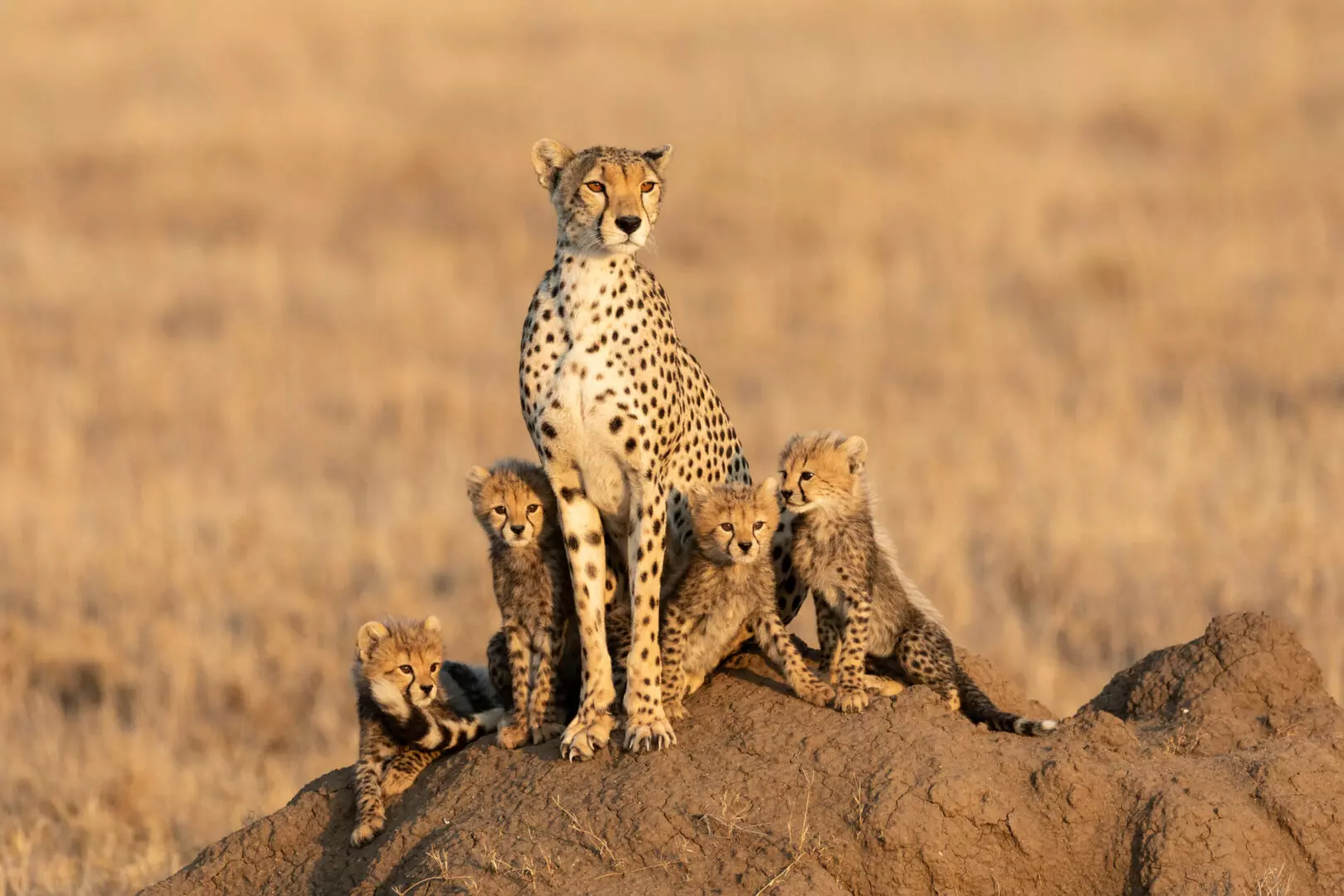
Considering their ability to conserve water, unique spot patterns, and the camouflaging mantle on cubs, cheetahs are marvelously equipped to thrive in demanding environments. For more super cool facts about these big cats, check out Cattitude Daily’s facts about cheetahs.
